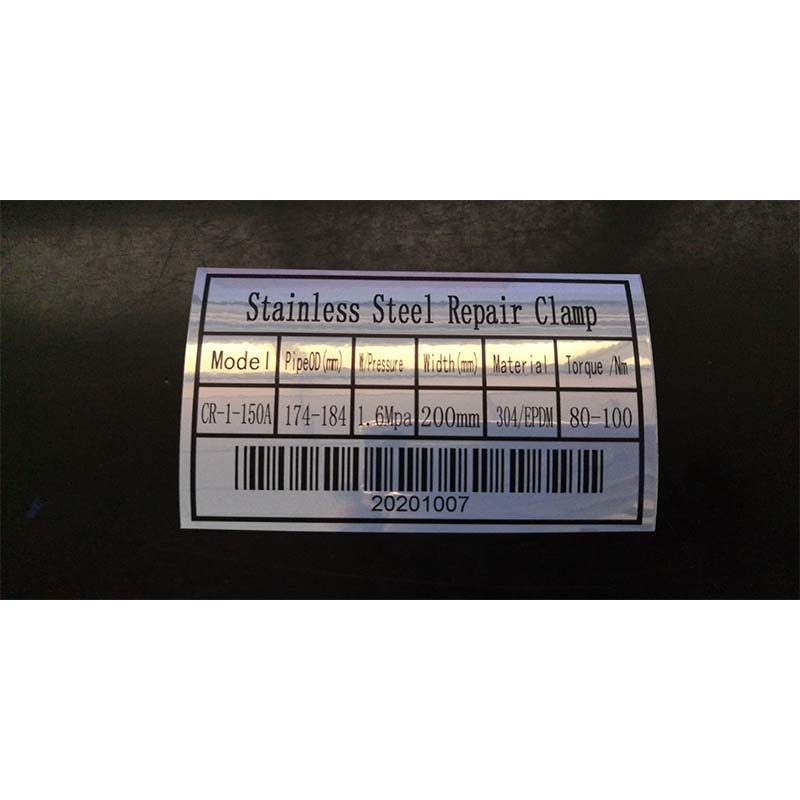Innovative Designs for Durable Cast Iron Manhole Covers and Their Applications
The Art and Science of Cast Manhole Covers
Manhole covers are a ubiquitous sight in urban landscapes, often overlooked yet holding significant importance in city infrastructure. Typically constructed from cast iron, these covers serve essential functions in maintaining access to underground utilities, such as sewage systems, electrical lines, and telecommunications. However, their design and manufacturing process is a fascinating blend of art and science that deserves more attention.
The Evolution of Manhole Covers
Historically, the design of manhole covers has evolved significantly from simple wooden planks to sophisticated cast iron structures. Early manhole covers were often made from stone or wood and did not provide the strength or durability that modern materials can offer. Iron became the material of choice in the late 19th century due to its strength and resistance to corrosion. The adoption of cast iron allowed for the creation of heavier, more secure covers, minimizing the risk of accidents and theft.
The Manufacturing Process
The production of cast iron manhole covers involves several steps. The process begins with the creation of a mold, which is typically made from sand. Once the mold is prepared, molten iron is poured into it. This molten iron is often recycled from other cast iron products, aligning with sustainability practices. After the iron cools and solidifies, the mold is broken away, revealing the rough shape of the manhole cover.
The next stage involves refining the covers. This includes machining the edges to ensure a perfect fit within the manhole frame and adding any necessary finish. Many manufacturers incorporate designs into the covers, which serve both aesthetic and functional purposes. Patterns can improve traction for pedestrians and vehicles, while also adhering to local cultural motifs or symbols.
The Design Elements
cast manhole cover

While manhole covers may appear mundane, they often exhibit impressive artistic designs. Many cities have taken pride in their unique manhole cover styles, featuring logos, city names, or historical images. In some cases, these covers have become sought-after collectibles, with enthusiasts documenting the various designs found in cities worldwide.
The design also incorporates practical elements such as the weight of the cover. A standard manhole cover typically weighs between 90 to 150 pounds, ensuring that it remains securely in place. This weight is crucial in preventing unauthorized access and ensuring the safety of pedestrians. Additionally, many modern designs include features to allow for easy lifting, such as lifting holes or hinged covers.
Environmental Considerations
Cast iron is a material that can be recycled indefinitely, making it a sustainable choice for manufacturing manhole covers. The recycling process is energy-efficient compared to mining new materials, thus reducing the overall environmental impact. Furthermore, as cities become more conscious of eco-friendly practices, there is a growing trend toward using sustainable materials and manufacturing processes in infrastructure.
The Cultural Significance
Beyond their functional roles, manhole covers often reflect the cultural identity of the cities they belong to. In Japan, for example, unique and artistic manhole covers have become a point of pride, attracting tourists who seek to photograph these works of art. In contrast, more utilitarian designs can be found in many other urban settings, highlighting the diversity in how cities choose to present their identities through infrastructure.
Conclusion
In conclusion, cast manhole covers represent more than just a simple entry to underground systems. They combine functionality, safety, and artistry in a way that reveals the complexities of urban life. As cities continue to evolve, the designs and manufacturing processes of these vital components of urban infrastructure will likely adapt as well, reflecting changing values toward sustainability, aesthetic appreciation, and cultural identity. The next time you see a manhole cover on the street, take a moment to appreciate its design and the intricate processes behind its creation.
-
The Smarter Choice for Pedestrian AreasNewsJun.30,2025
-
The Gold Standard in Round Drain CoversNewsJun.30,2025
-
The Gold Standard in Manhole Cover SystemsNewsJun.30,2025
-
Superior Drainage Solutions with Premium Gully GratesNewsJun.30,2025
-
Superior Drainage Solutions for Global InfrastructureNewsJun.30,2025
-
Square Manhole Solutions for Modern InfrastructureNewsJun.30,2025
-
Premium Manhole Covers for Modern InfrastructureNewsJun.30,2025
